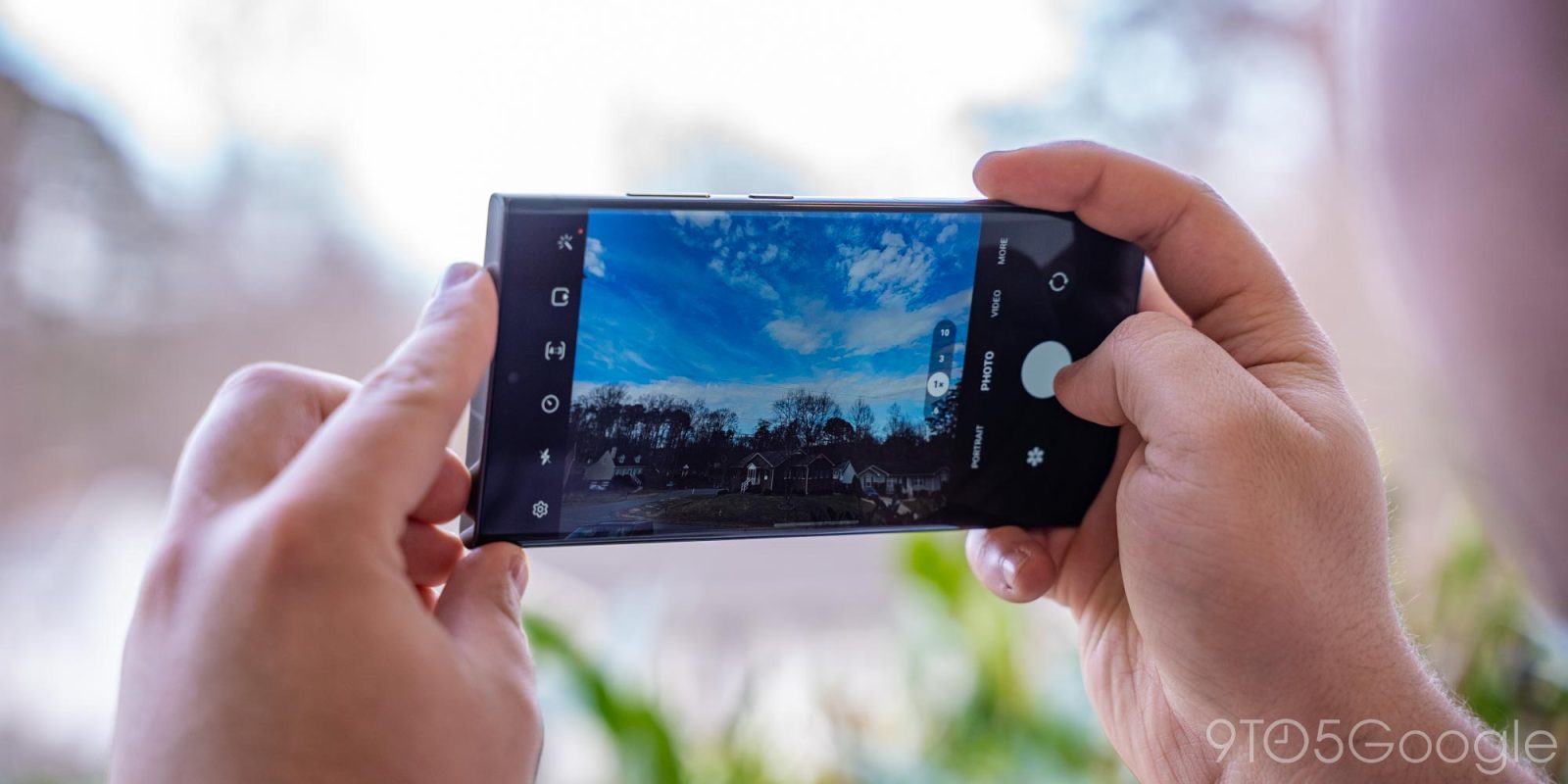
Smartphone cameras have gotten ridiculously good, but the smaller sensors and minimal space for optics means that these cameras can only be so good. That’s why Samsung’s “Space Zoom” on phones like the Galaxy S23 Ultra and its ability to capture the moon is so impressive – and also so suspected of being fake. And now, some compelling evidence shows that, yeah, those pictures are almost certainly not real.
First debuted on 2020’s Galaxy S20 Ultra, “Space Zoom” refers to Samsung’s combination of optical zoom and digital zoom to capture images at ridiculous ranges.
On the company’s “Ultra” phones, that can go all the way up to 100x with the help of the 10x optical telephoto camera. But really, the quality starts to degrade after 30x. Still, it’s a feature Samsung advertises often, including on its latest Galaxy S23 Ultra, and the main “wow” factor that Samsung uses to show this off is with pictures of the moon, something smartphones are notoriously bad at capturing well.
In our 2021 review of Samsung’s Galaxy S21 Ultra, we called the feature a “neat trick,” as it’s always been clear there’s a lot of software making this happen. Input Mag put together a test in 2021 where it was shown that AI was a crucial part of how Samsung managed these shots but that the end shot was indeed really capturing a picture of the moon.
Over the weekend, a new test on Reddit caught the attention of many as it convincingly proved that Samsung was actually faking the results.
The test, performed by u/ibreakphotos, took a digital image of the moon and applied a Gaussian Blur effect to it, with the image being very blurry and lacking any clear detail. It’s still easily recognizable as the moon, but just barely. But when that image is displayed on a monitor and then captured by Samsung’s “Space Zoom,” it comes out the other side as a sharp photo of the moon, nothing like what the camera was given to work with in the first place.

At a glance, this really does seem like incredibly compelling evidence that Samsung is “faking” these pictures of the moon, which is technically true. Samsung’s camera isn’t taking a shot of the moon and spitting out exactly what it saw. In fact, turning off the “Scene Optimizer,” which is the AI “special sauce,” on these photos will result in a blurry, unusable mess.
What Samsung is doing is using AI to fill in the gaps. As our Max Weinbach put it, it’s an upscaled image by an AI that “knows too much.” It figures out where the pixels should be based on whatever it sees and recognizes as the moon and spits out the images we’ve been used to seeing.
Really, it doesn’t seem Samsung is doing anything that it isn’t already saying. In a blog post last year, Samsung explained in part:
…the Galaxy Camera applies a deep learning-based AI detail enhancement engine (Detail Enhancement technology) at the final stage to effectively remove noise and maximize the details of the moon to complete a bright and clear picture of the moon.
AI is what makes these moon shots possible, and pictures like these really show us just how aggressive that AI is and how easy it is to fool. A blurry image of the moon is technically what the camera is already seeing, so it does make sense that the result of taking a picture of a blurry picture of the moon would result in something sharper.
Does that count as “fake?” That really depends on your interpretation. Samsung has said repeatedly that it isn’t using overlays to create this effect, but it’s also clear that Samsung’s AI is providing a lot more data than simply upscaling the original input.
It’s not creating the image out of nothing, and it needs the image from your smartphone’s sensor to then use the AI to create the final shot. You can sort of compare it to a puzzle. Putting together a 1,000-piece puzzle would be incredibly difficult if you didn’t have the artwork on the box to help out. Similarly, Samsung’s pictures aren’t entirely original, but they’re also not completely fake.
Max Weinbach contributed to this story.
More on Samsung:
- Galaxy S23 Ultra review: Stellar battery life, disappointing camera
- Samsung denies report that it’s developing its own CPU cores for ‘Galaxy Chip’
- How to get the most out of your Galaxy S23 Ultra display
FTC: We use income earning auto affiliate links. More.




Comments